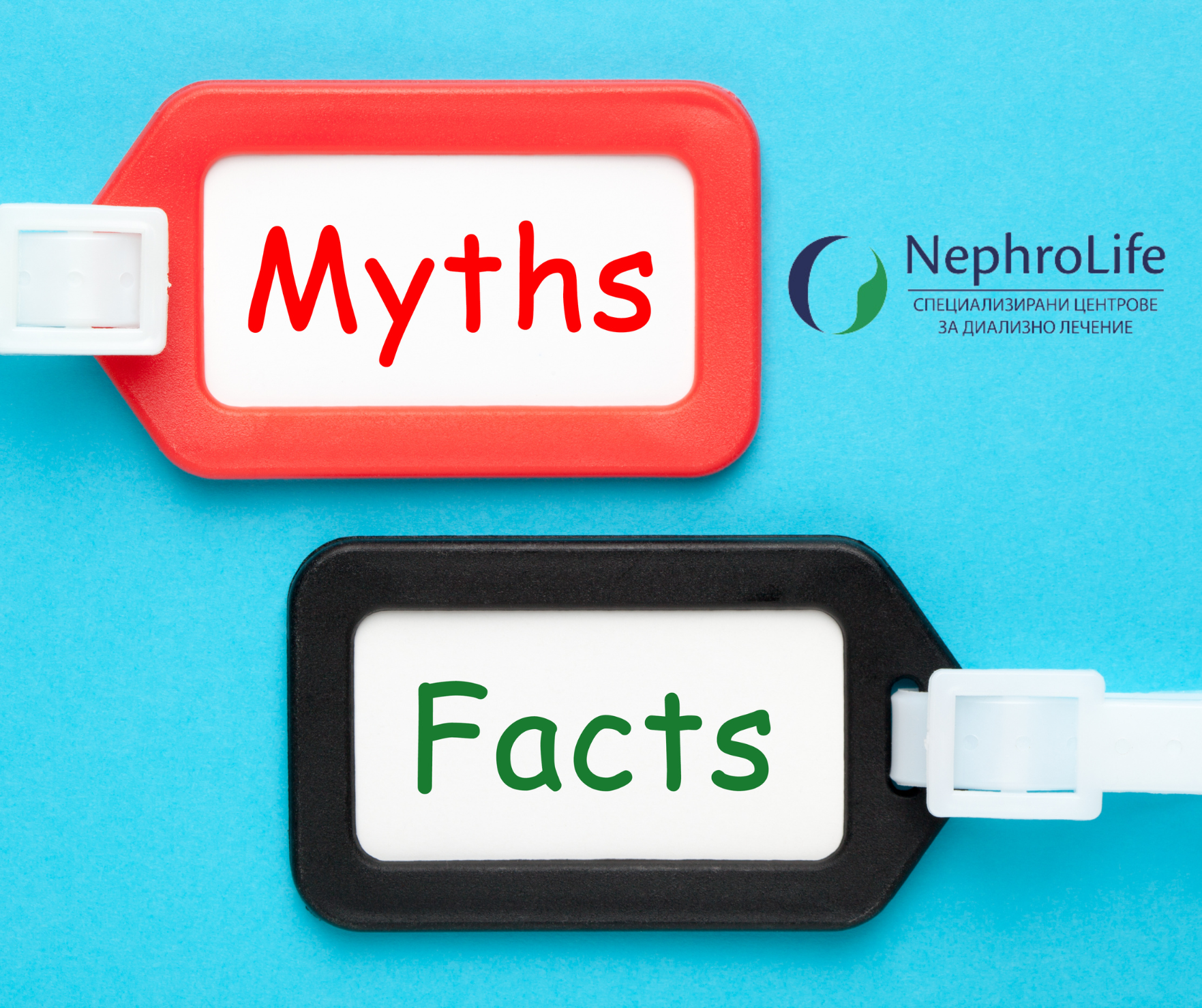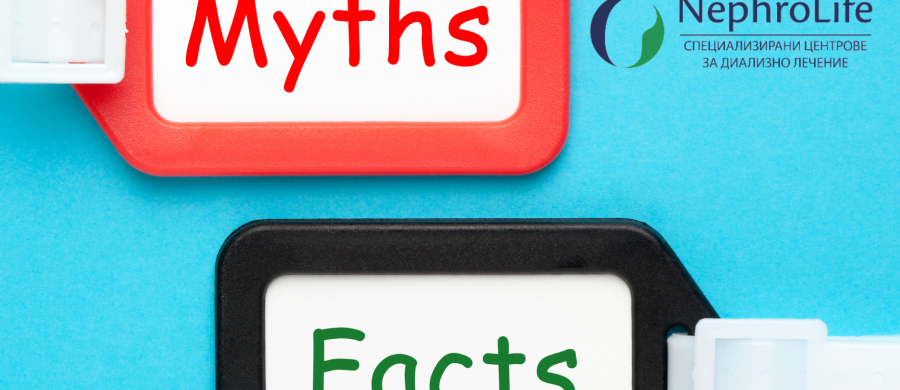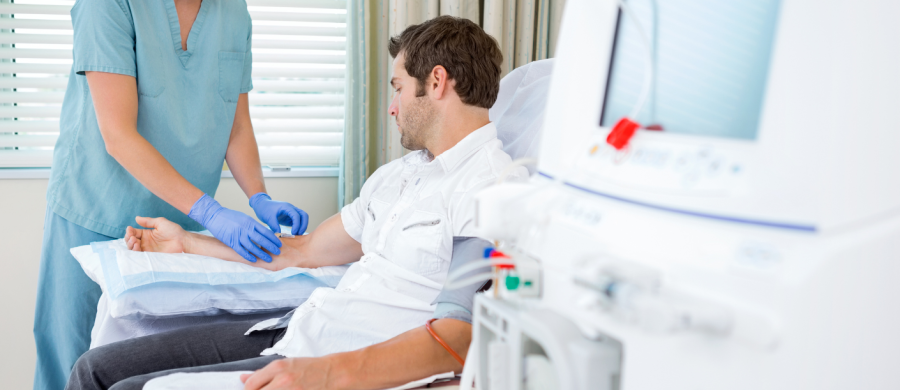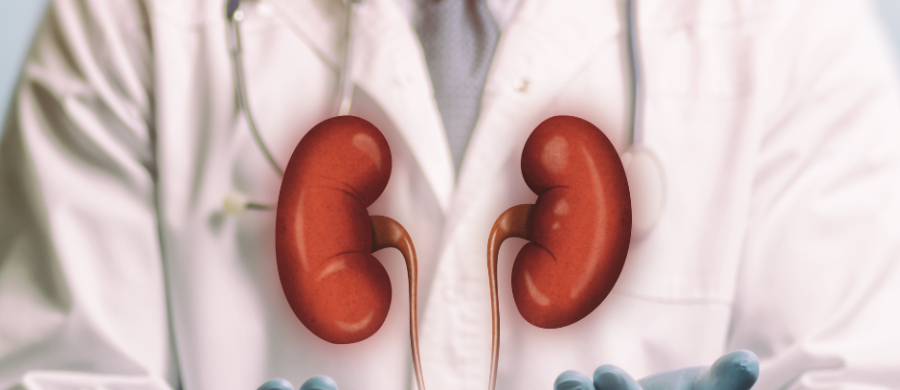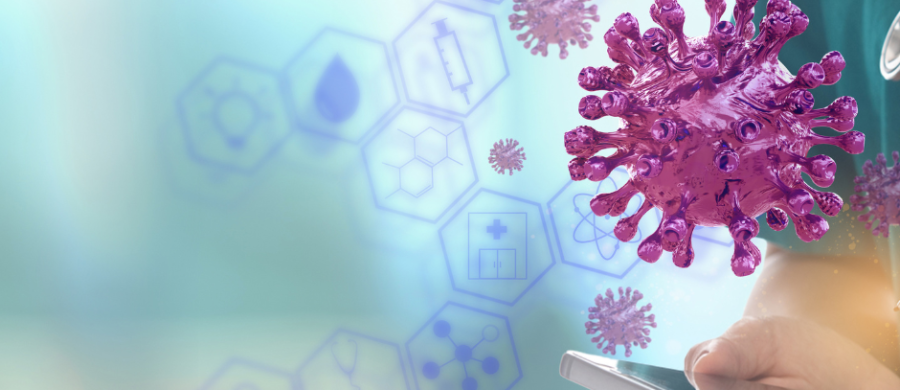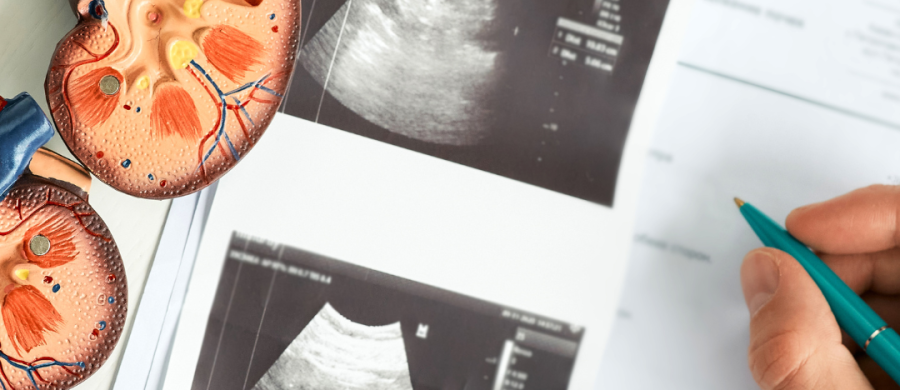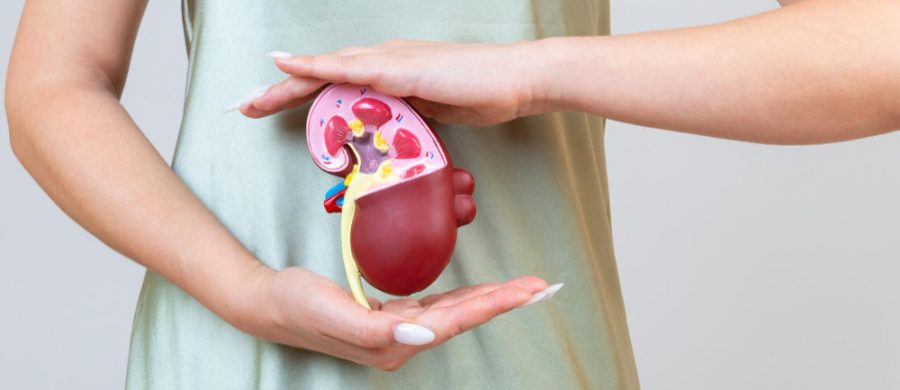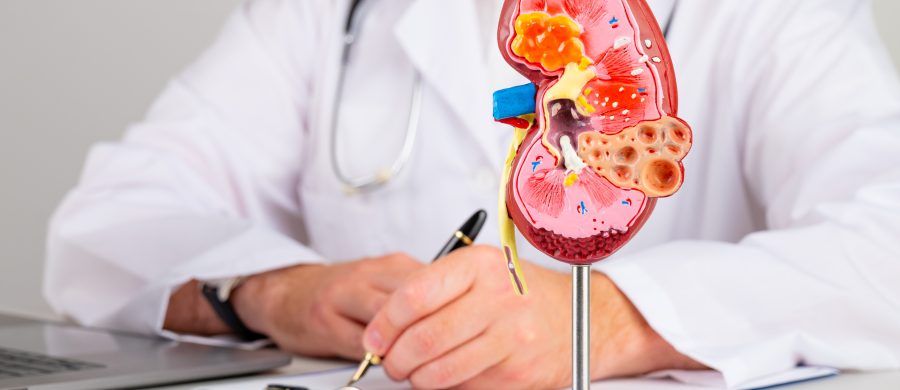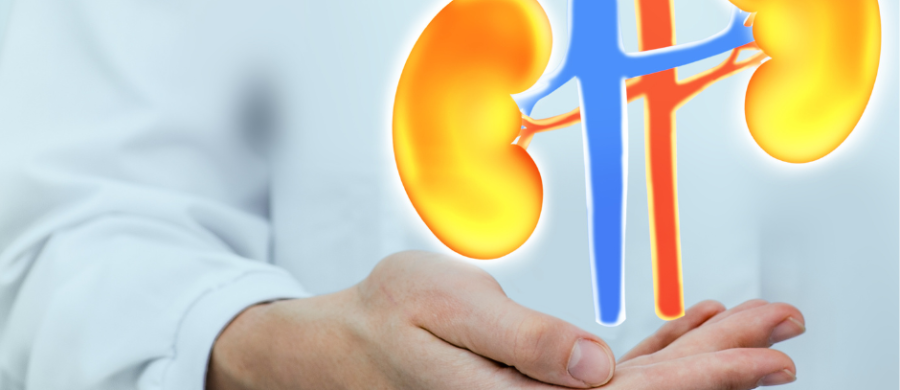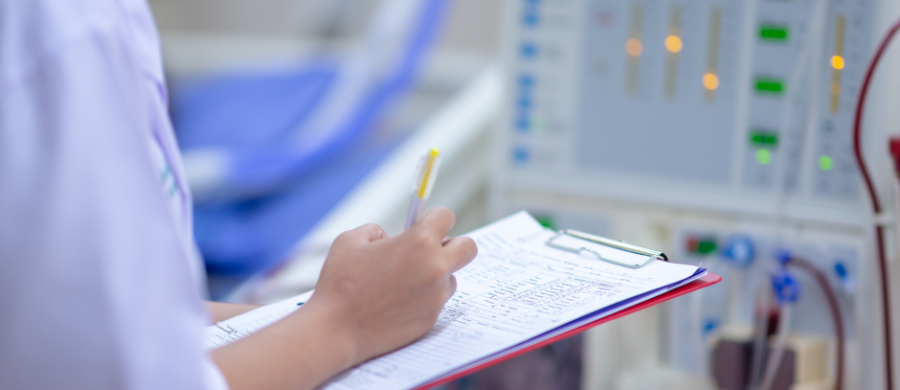Cardiorenal syndrome
In ancient Eastern culture, the kidneys are a symbol of water, and the heart is a symbol of fire.
These two “elements” must be in balance for a person’s spirit to be calm and his body to work well. When the kidneys do not function properly, the water element “floods and extinguishes” the fire of the heart, and if the heart does not work well, it “dries up” the kidneys. With this metaphor, in general, the close connection between kidney and heart functions and their general importance for the human body can be represented.
Cardiorenal syndrome is a condition in which the healthy connection between the kidneys and the heart is disrupted to the extent that they cannot adequately support circulation and blood supply to other organs and systems. A disturbance in the normal functioning of one of the two organs almost necessarily leads to disturbances in the other as well. Treatment of such conditions requires the efforts of both nephrologists and cardiologists.
Depending on the speed and severity of occurrence of the aforementioned imbalance, cardiorenal syndrome can be divided into five types:
Type 1 – Acute cardiorenal syndrome: Sudden and severe heart failure occurs, causing a sudden and severe deterioration of kidney function to the point of acute renal failure. In such a condition, the pumping function of the heart drops dramatically. Because of this, an insufficient amount of blood reaches the kidneys. They “dry up” and urine output stops. Subsequently, in an attempt to restore normal blood flow to itself, the kidneys retain large amounts of water and salt and the cardiovascular system “overflows”. This is how the so-called pulmonary and/or cerebral edema, which are life-threatening conditions. Despite the seriousness of type 1 CRC, the good news is that any acute condition treated in time is completely reversible!
Type 2 – Chronic cardiorenal syndrome: In this case, the gradual and progressive “extinction” of the heart leads to the gradual “drowning” of the kidneys. This damage occurs slowly and gradually, but at the same time it is irreversible. When the heart gradually weakens, it can no longer maintain circulation. Due to this, the blood (water) stagnates in the various tissues and organs, nutrients and oxygen are depleted from it, the levels of toxic substances increase. The kidneys are organs extremely sensitive to the so-called oxygen starvation. When blood stagnates and oxygen is exhausted, irreversible changes occur in their structures, which smoothly and gradually lead to chronic kidney failure. Frequent and sudden changes in blood pressure (very high or alternating high and low blood pressure) act in a similar way, damaging the kidney structures irreversibly.
Type 3 – Acute renocardial syndrome: In this type of damage, the beginning of the imbalance begins with the kidneys – there is a sharp and severe violation of previously healthy kidneys, as a result of which they cannot excrete excess water. It “floods” the heart, repeatedly raises the demands on it and “overstretches” it. In this way, heart function is also quickly and severely impaired, and pulmonary and/or cerebral edema can again be reached. The most frequent causes of such a kidney disorder are the contrast agents used in the so-called “color pictures”, drug abuse, poisoning, some forms of specific kidney diseases (so-called glomeulopathies).
Type 4 – Chronic renocardial syndrome: Here we are talking about an already existing kidney failure, in which over the years too much water, salt, toxic substances are retained and an excessive amount of internal hormones are released, leading to “thickening and stretching” of the heart – chronic heart failure . The primary causes of kidney failure in this case may be other diseases: diabetes, hypertension, metabolic syndrome, gouty nephropathy, chronic pyelonephritis, etc. Again, it is worth mentioning that due to the smooth course of the diseases, the damage is slow but irreversible. In most kidney diseases, there is no pain (with the exception of infections and/or stones), and the complaints are general and non-specific – general fatigue, reduced endurance during physical exertion, tightness and discomfort in the chest and/or lumbar region, decreased appetite, nausea, etc. . The basis of both prevention and treatment of type 4 CKD are regular preventive examinations, restriction of salt and protein intake, high-vitamin diet, light to moderate physical activity.
Type 5 – Secondary Cardiorenal Syndrome: This last type of combined kidney and heart damage occurs to both at the same time and is most often the result of another disease. This type can occur both quickly and severely – for example, with sepsis, trauma, allergic shock, blood loss, dehydration, etc., and smoothly and gradually in the course of a systemic disease such as diabetes, lupus, gout, metabolic syndrome, etc. Quite often, acute type 5 KRS is part of the so-called multiple organ failure, which is a life-threatening condition and requires treatment in intensive care units. Chronic type 5 CRC is part of the “silent” diseases and often goes undetected until the moment when both organs are “wasted” to an irreversible extent.
The prevention of these complications almost entirely depends on the lifestyle and the control of other accompanying diseases – moderate physical activity, avoiding harmful foods and excessive amounts of salt, maintaining normal blood pressure values in hypertensives (around 120-130/80mmHg) , keeping blood sugar up to 9-10mmol/l and glycated hemoglobin around 7-7.5% in diabetics, reducing body weight in obesity, avoiding red meat, eggs, etc. purine-rich foods for gout. Prevention, prevention, diagnosis and treatment of cardiorenal syndrome are a common task of both nephrologists and cardiologists.
Unfortunately, CRS is a relatively new concept in medicine, and the mass of doctors rarely think in this direction. As a cause of reaching kidney failure necessitating dialysis treatment, CRC accounts for about 30% to 50% of cases. Therefore, for patients with already known kidney and/or heart failure, regular monitoring of urea and creatinine values at least once every 3 months, echocardiography and ultrasound examination of kidneys at least twice a year, avoidance of large amounts of salt, etc. are recommended.
– frequently used medications in the treatment of CRS are:
• ACE-inhibitors/ARB-blockers: Medications that suppress excessive “constriction” of small blood vessels and thus reduce both blood pressure and pressure in the vessels of the kidney itself. In this way, they protect the kidneys from further damage.
• Calcium antagonists: These are quite commonly used drugs, especially in the so-called hypertensive crisis. Like ACE inhibitors, they reduce vascular resistance and thus the demands on the heart.
• Diuretics: So-called “diuretics” are among the main drugs used to reduce water load. They act on the kidney, stimulating it to produce more urine than it would normally produce. In this way, excess amounts of water and salt are thrown out.
• Adrenoceptor blockers – for maintaining high blood pressure, the so-called sympathetic nervous system (using internal substances such as adrenaline, noradrenaline, etc. for its action). Accordingly, drugs that block its action lower the heart rate and the volume of blood pushed out by the heart, expand peripheral vessels, reduce the damaging effect on the kidneys.
• Natriuretic Peptide – This relatively new drug is considered a natural internal product of the body, released when the heart is “stretched” by water overload. Its main action is the excretion of excess salt through the kidneys, and with it water, thus reducing the total load on the CCS. In summary, we should emphasize again that the treatment of cardiorenal syndrome of any type is a joint effort of nephrologists and cardiologists. Therefore, our NephroLife DC team offers and maintains close collaboration between these two specialties of internal medicine.
